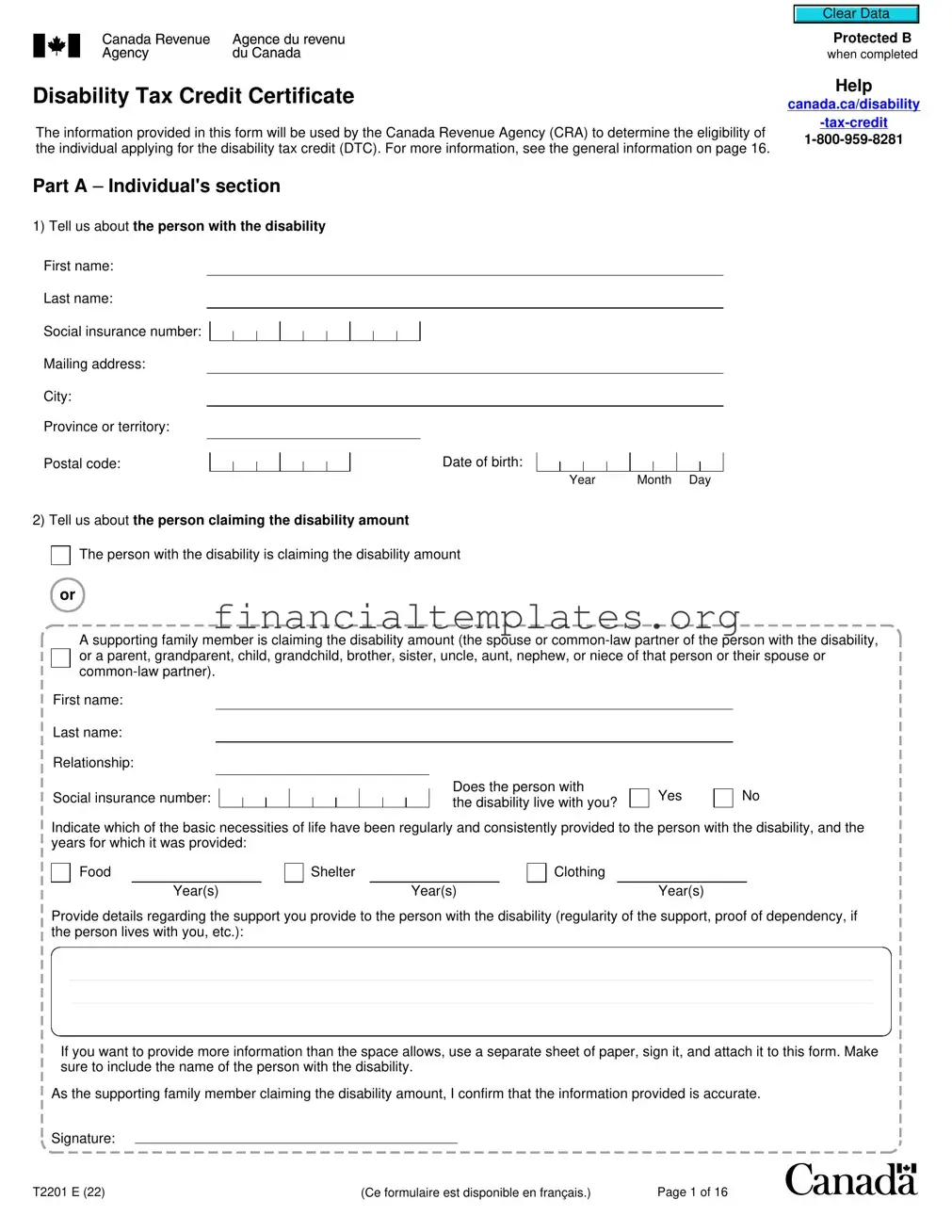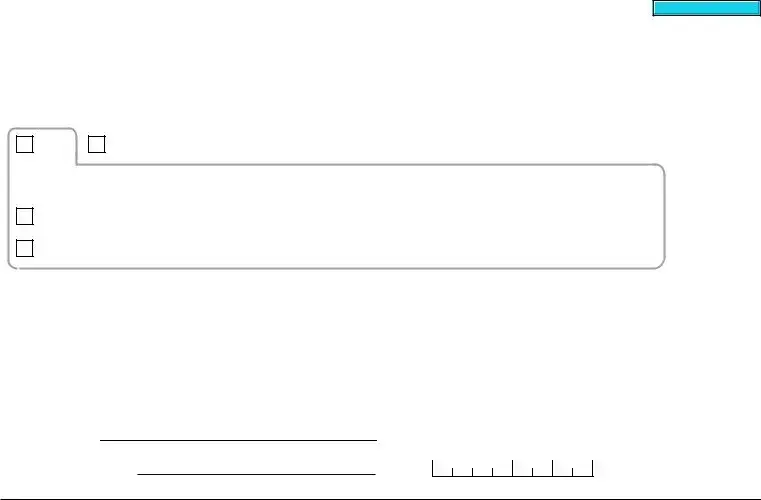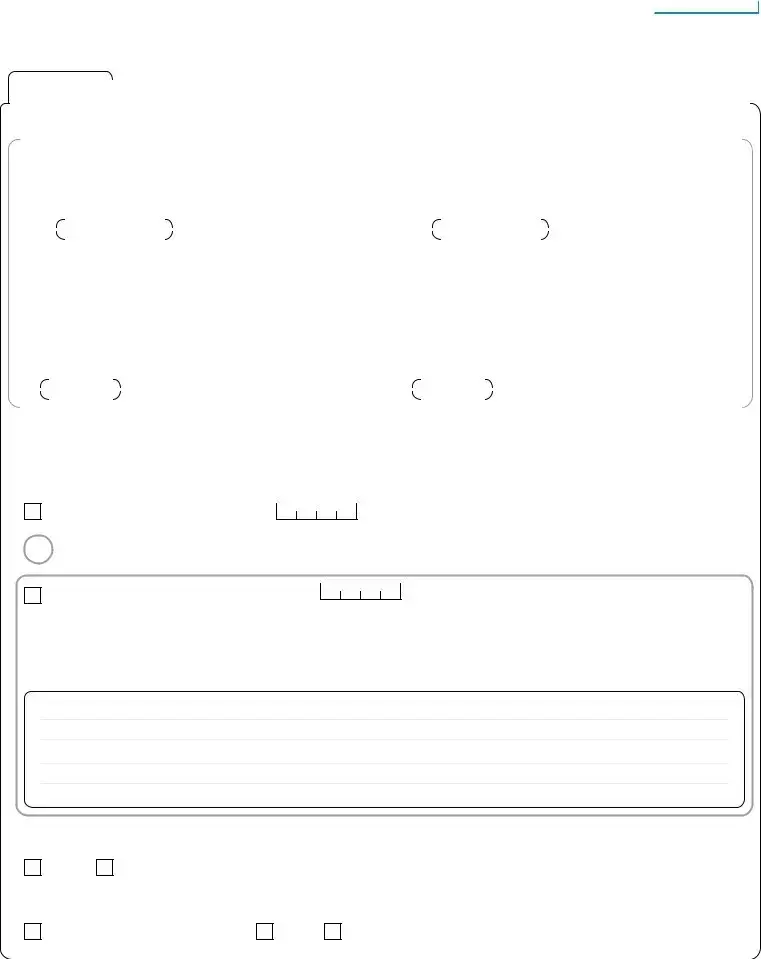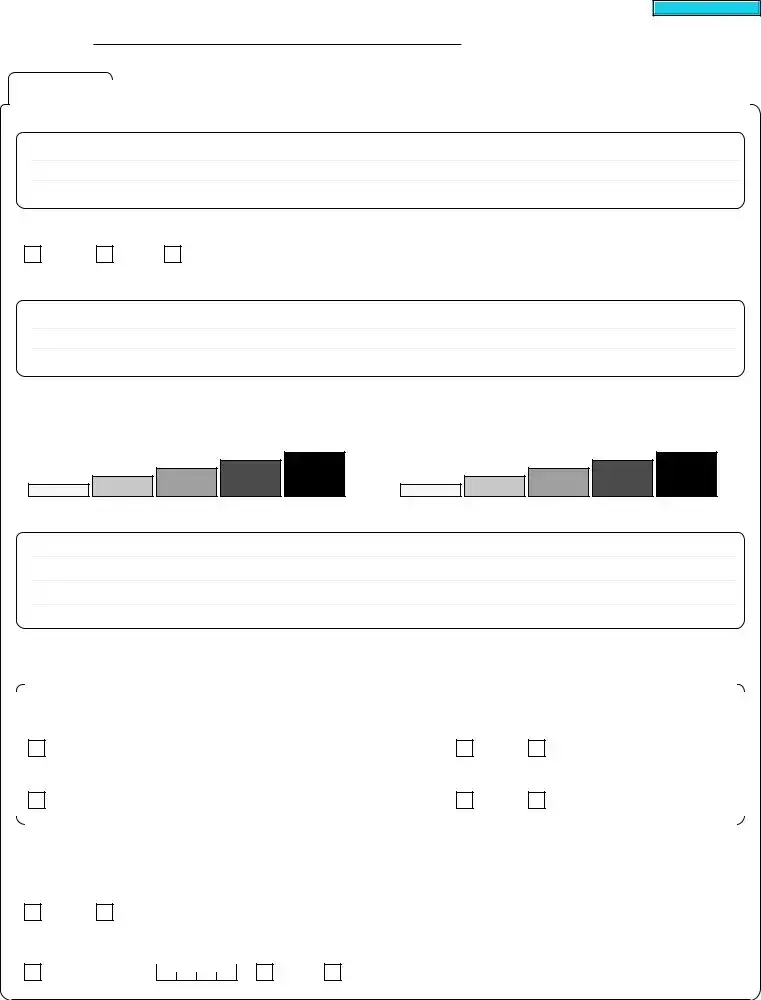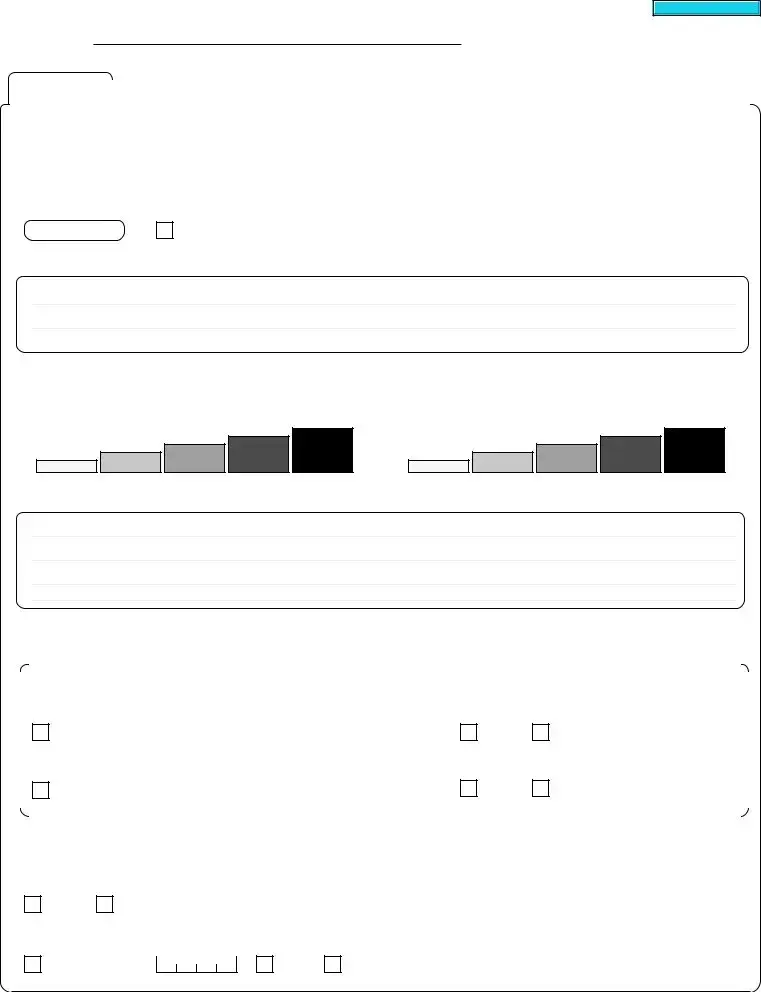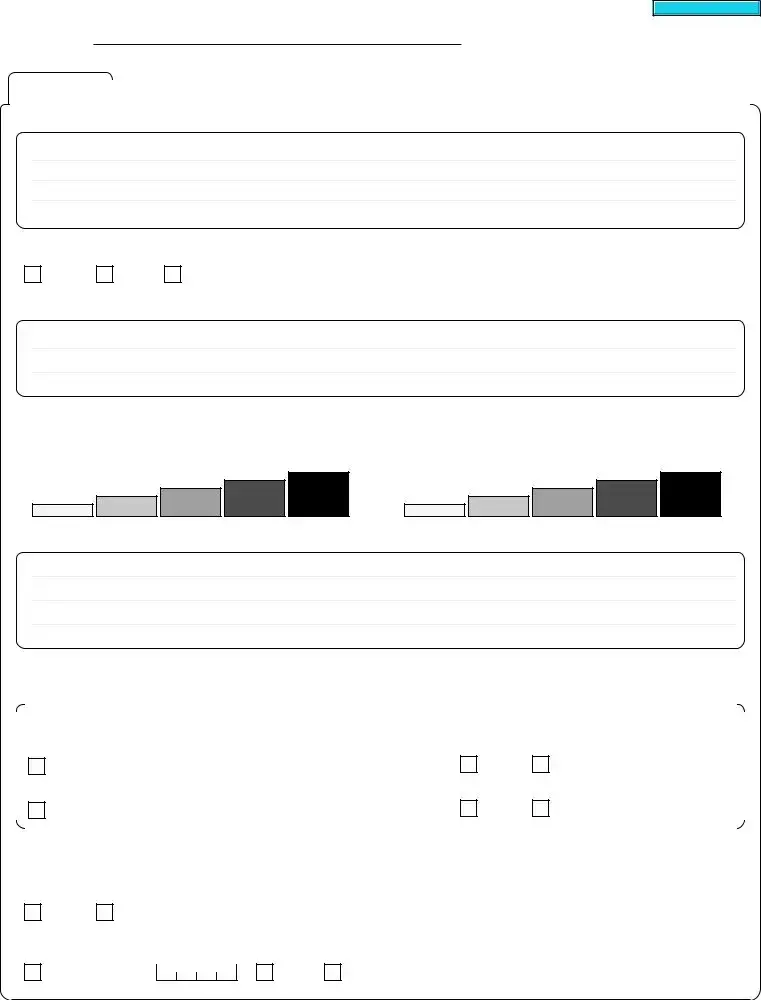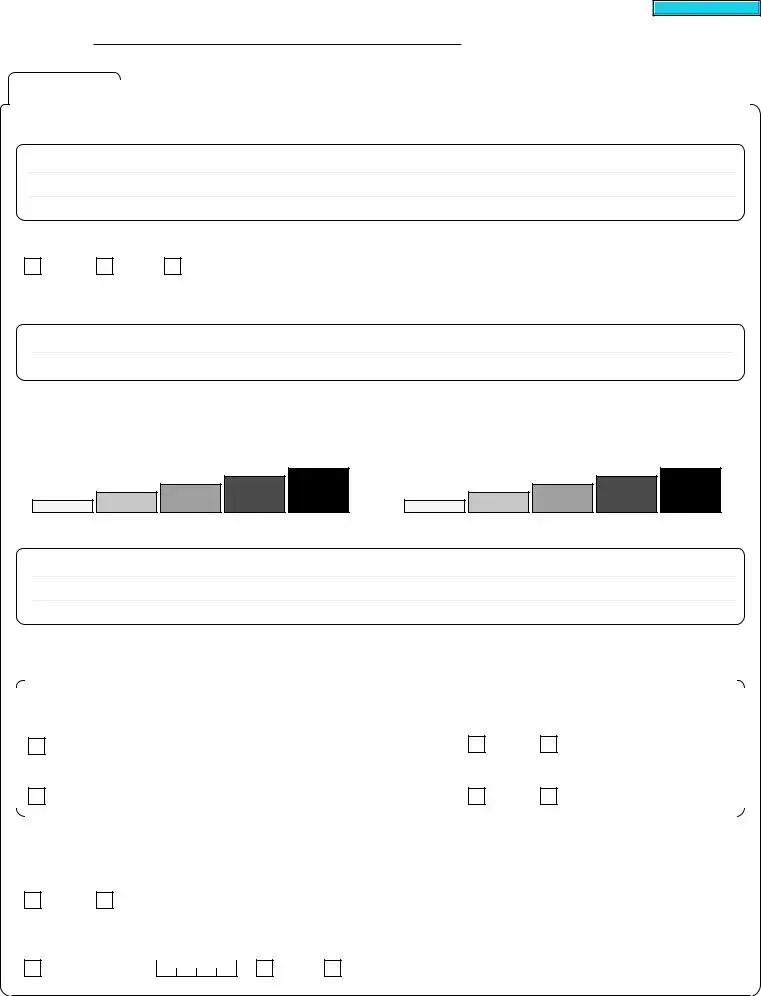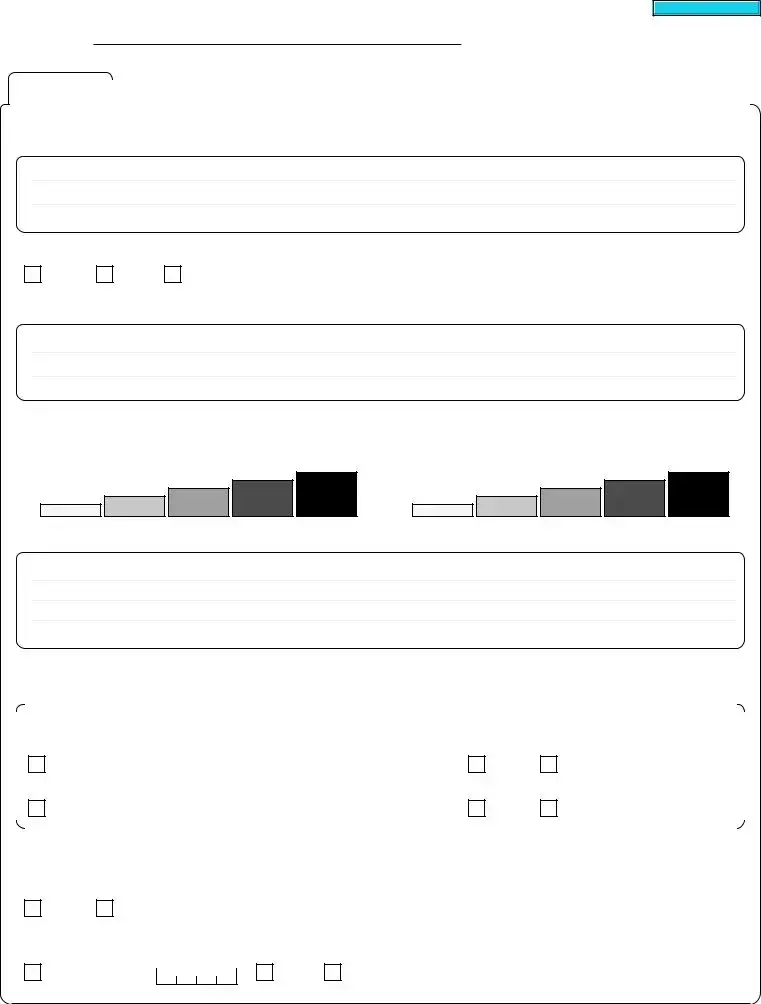The T2201 Tax Credit form, specifically designed for disability tax credit applications in Canada, shares similarities with various other forms and documents across different jurisdictions and systems. These similarities range from the purpose of the form to the detailed information required from applicants.
One document similar to the T2201 is the Form 1040 Schedule R in the United States, used for calculating the Credit for the Elderly or the Disabled. Both forms require detailed personal information and medical certification to support claims of disability or impairment, underscoring the necessity to validate eligibility for tax benefits based on health conditions.
The SSA-16 form, used to apply for Social Security Disability Insurance (SSDI) in the U.S., also mirrors the T2201 in several aspects. Applicants must provide comprehensive personal and medical information, highlighting the severity and duration of their disability. This parallels the T2201’s requirements for detailed medical practitioner certification.
In the United Kingdom, the PIP (Personal Independence Payment) application process involves a form that requires detailed medical information similar to the T2201. Applicants must explain how their disability affects their daily life, akin to the T2201's emphasis on the effects of impairment on basic activities of daily living.
Australia's Disability Support Pension (DSP) application process likewise involves providing detailed personal and medical information to the Department of Human Services. Like the T2201, it necessitates a thorough medical report, reflecting the individual's functional limitations and how these impair their ability to work, akin to the T2201's approach in assessing eligibility for tax credits.
In the realm of education and accommodations, the 504 Plan application in the U.S. educational system also shares similarities with the T2201. Both require a delineation of an individual’s specific limitations and the accommodations or support needed, although the 504 Plan focuses more on educational adjustments rather than financial relief.
The Veterans Affairs Disability Compensation form, which allows veterans to claim benefits for disabilities related to their service, similarly necessitates comprehensive medical information and history, akin to the T2201. It underscores the importance of establishing a clear link between the disability and the claimant's needs.
The Employment and Support Allowance (ESA) forms used within the UK's welfare system require detailed personal and medical information to assess an individual’s ability to work, aligning with the T2201's objective to ascertain how a disability impacts an individual's daily functions.
Lastly, the IRS Form 8857, Request for Innocent Spouse Relief in the U.S., while not directly related to disability, parallels the T2201 in requiring detailed personal narratives and documentation. Applicants must provide substantial proof of their situation, similar to how the T2201 demands comprehensive medical evidence to support a claim.
These documents, each from various domains such as social security, veterans' benefits, education, and tax systems across the globe, illustrate the universal need to substantiate claims for assistance or exemptions thoroughly. They all emphasize the necessity of detailed, accurate information to support the specific needs of individuals, whether for financial relief, educational accommodations, or welfare assistance.
